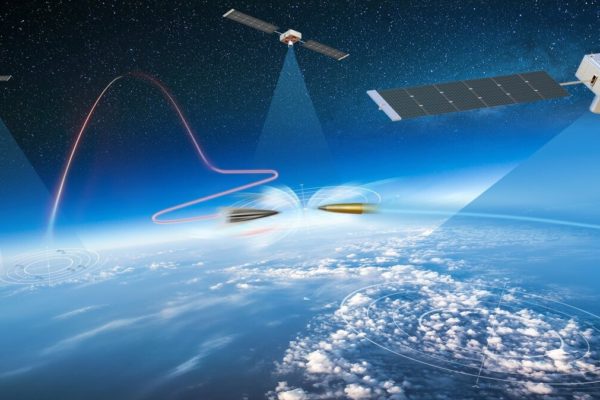
Hypersonic and Ballistic Tracking Space Sensor (HBTSS)
As a part of the 2019 Missile Defense Review (MDR), the Trump Administration called for studies into space-based sensor systems.

As a part of the 2019 Missile Defense Review (MDR), the Trump Administration called for studies into space-based sensor systems.
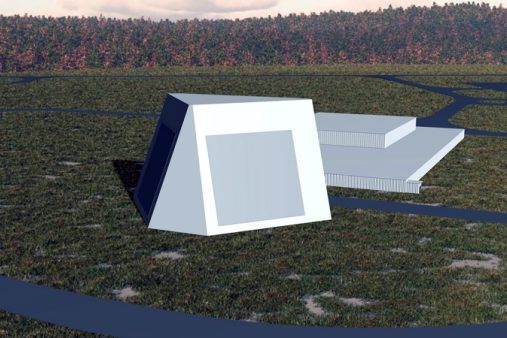
Overview In October 2015, Lockheed Martin won a quarter-billion-dollar ballistic missile defense contract to build and operate a solid-state long-range
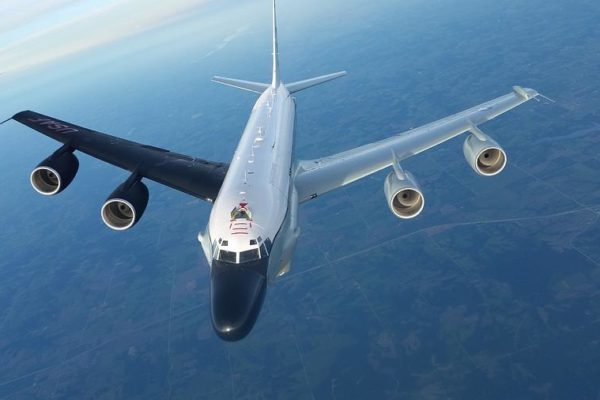
Quick Facts Role and Mobility Intelligence, Surveillance, and Reconnaissance; Air-mobile Targets Ballistic Missiles Range 3,900 miles (6,500 km) unrefueled Sensors
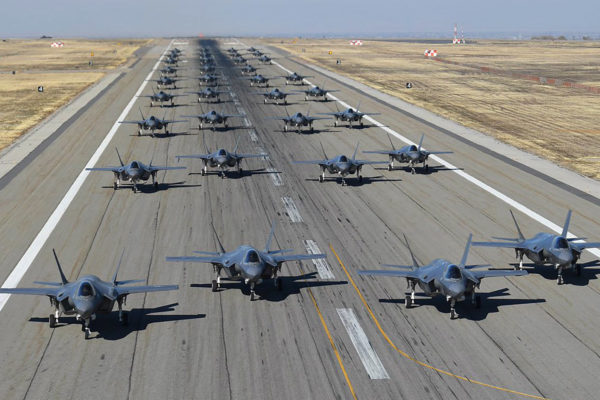
Quick Facts Contractor Lockheed Martin Unit Cost F-35A: $89.2 Million F-35B: $ 115.5 Million F-35C: $107.7 Million Cruise Speed 1,200
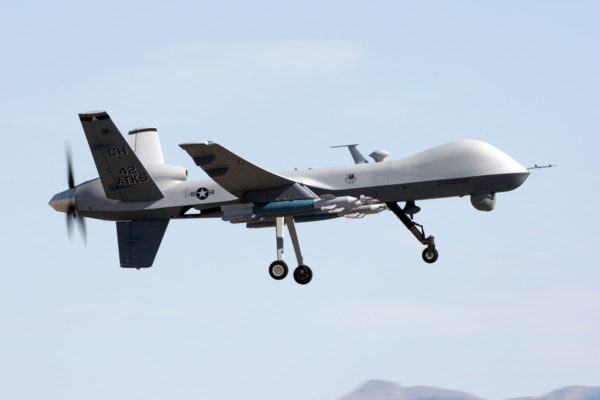
Quick Facts Contractor General Atomics Aeronautical Systems Unit Cost $64.2 million Cruise Speed ~230mph Range 1,150 miles Maximum Altitude 50,000
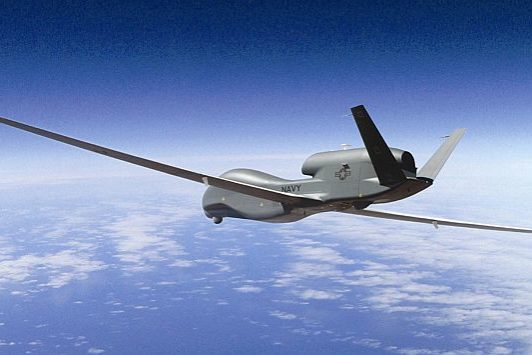
Quick Facts Contractor Northrop Grumman and Raytheon Unit Cost $104 million Cruise Speed 357 mph Range 14,150 miles Maximum Altitude
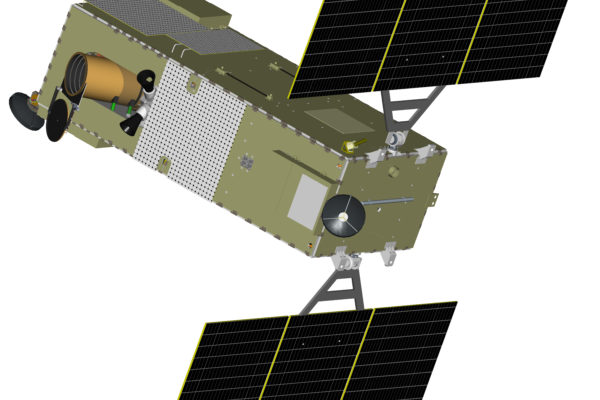
Facts: Mobility Space-based Role Use space-based sensors to track missiles during the post-boost phase of flight Status Cancelled Producer The
Overview The Medium-Range Discrimination Radar (MRDR) is a proposed sensor system and component of layered Ballistic Missile Defense System (BMDS)
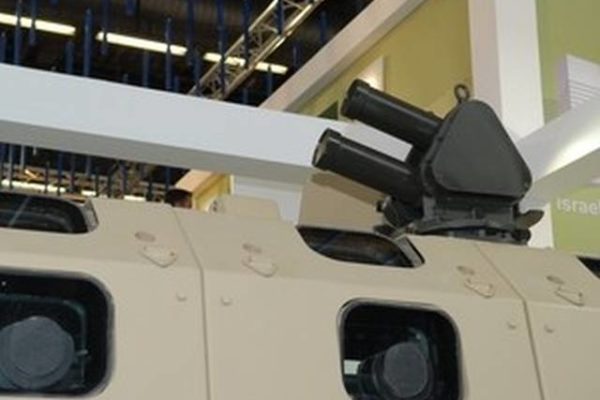
Quick Facts Mobility Vehicle mounted Targets Short-range tandem-warhead rockets and heavy guided missiles Role and Interceptors Each Iron Fist system
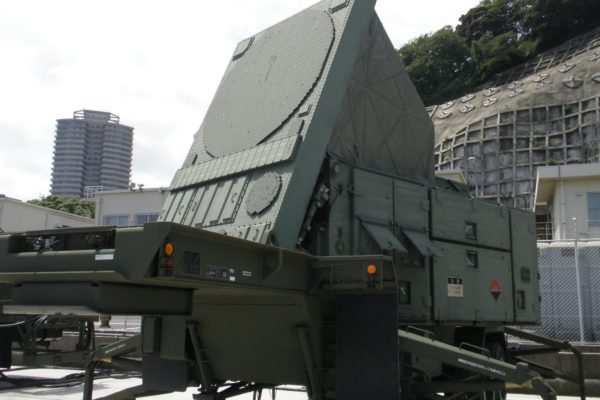
Quick Facts Mobility Road-mobile Role Patriot fire control radar Deployment Germany, Greece, Israel, Japan, Kuwait, the Netherlands, Poland, Qatar, Romania
515 King Street
Suite 330
Alexandria VA, 22314
Phone: 703.299.0060
© Missile Defense Advocacy Alliance 2025